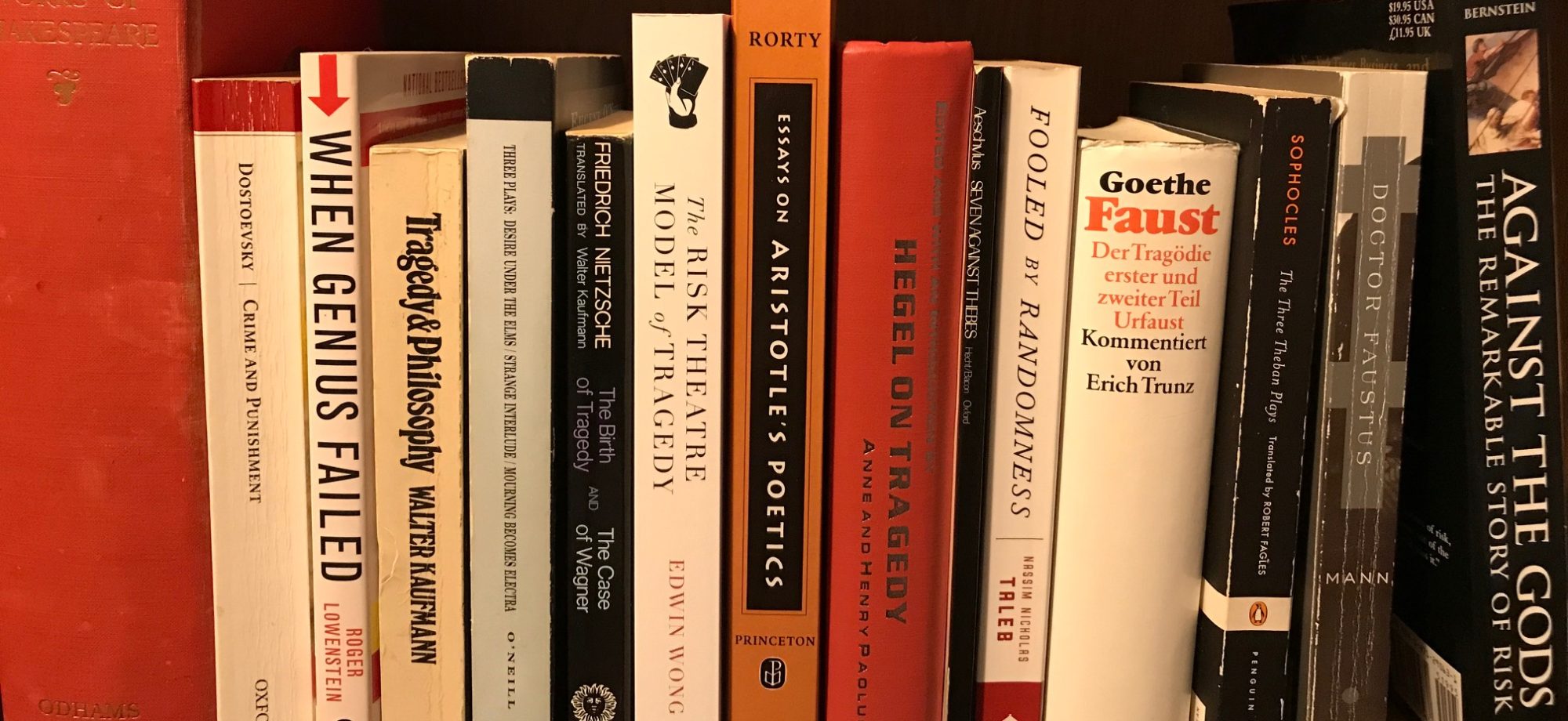Does this look like someone who.s doing Melpomene’s work?–
Well, it was and it wasn.t Melpomene’s work. But whatever it was, I did 9 hours of it today and boy am I done like dinner! Let me explain.
Diligent readers will remember the ongoing art saga of finder a cover illustrator. For those who.ve just got on board, I.ve been going to art shows (one fun one was the CNIB Eye Appeal viewing; will have to go to the auction next year for this worthy event), galleries, putting out calls for art, and looking through contacts to commission a masterpiece for the book cover. Well, it looks like the art saga is coming to a close! Tomorrow the contract between artist and patron will be signed and then WE MOVE TO PRODUCTION! The bold letters indicate my excitement. So stay tuned, dear readers: full report on all the breaking news tomorrow after the call for art is rewarded!
Was all the time spent on the call for art part of doing Melpomene’s work? Well, yes and no. Doing Melpomene’s work proper would be reading, attending plays, and, most of all, writing. But doing Melpomene’s work proper isn.t enough by itself to produce the book. Cover art is needed. In a way, then, the time spent on the call for art is part of doing Melpomene’s work. In fact, if you.re really steeped into something you believe in, it may be possible that everything you do is for the sake of the end goal.
I spent the day painting suite doors, door casings, baseboard, and the rusting iron bars that support the garage door at the condo today. The building is heritage. Originally a church, it.s been London’s Boxing Club in the 70s, Nelson’s Music in the 70s and 80s, a crazy used bookstore (the proprietor was in the process of going crazy) in the 90s, and finally it got converted into offices and a condo building in 2008. Today it.s known as the Palladian on the corner of Quadra and Pandora in the heart of the theatre and church district in downtown Victoria. Since the building is over a hundred years old (cornerstone laid in 1905), even though it.s restored, there.s a lot of work involved in the upkeep. And this work, although it is really Hephaestus’ work (is this the best term?–there was no god of trades that I know of, Hephaestus being the blacksmith is the closest to a god of general contracting) it has now been transformed into Melpomene’s work!
This is how it works: by slaving away painting and doing other repairs, I.ll be able to pay the painters to paint the Dead Man’s Hand. Paint for paint! Instead of painting the Dead Man’s Hand myself, I can paint walls and door, receive cash (which is really a universal IOU) and use the cash to pay the artists! So, to go back to the question: does this look like doing Melpomene’s work? The answer is yes, yes, and yes!
On another note, as other tenants pointed out, painting is a great workout. You.re stretching, up and down on your legs all day to dip the brush, you.re moving your arms all over the play and over your head, you.re up and down the ladder, and so on. Painting every day wouldn.t be fun. But it.s nice painting once in a while, if only to get a good workout. Vacuuming is like that too. They say cross country skiing is the ultimate all body workout. I would disagree. I would say vacuuming is the ideal workout. But where am I going with all this? One thing I.ve been thinking is: you see all the people who go to the gym. But those same people will ride the elevators and drive their cars all over town. Why not integrate fitness into all aspects of your life? Instead of driving, ride a bicycle. Then you don.t need to go on the exercise bike. Fitness is achieved by the daily round of getting around. Same with your job. Find a job where you can do different ‘exercises’ each day. Housekeeping is such a job: one day vacuuming, one day painting, another day lifting furniture around. Integrate fitness into life instead of trying to fit in a workout after a long day sitting at the desk. This way seems more ‘human’ to me. Am I on the right path?
Thank you to kind tenant M who snapped the photo of me painting for the blog. It turns out that she also blogs but not through this type of blog. She.s an amateur photographer who posts her photos onto Flickr. She.s been doing so for the last 5 years and is up to 1500 or so photos! Good for her!
Stay tuned for breaking news tomorrow on the call for art! Until next time, I.m Edwin Wong and I.ll be Doing Melpomene’s Work by doing Hephaestus’ work, painting, and God knows what!






